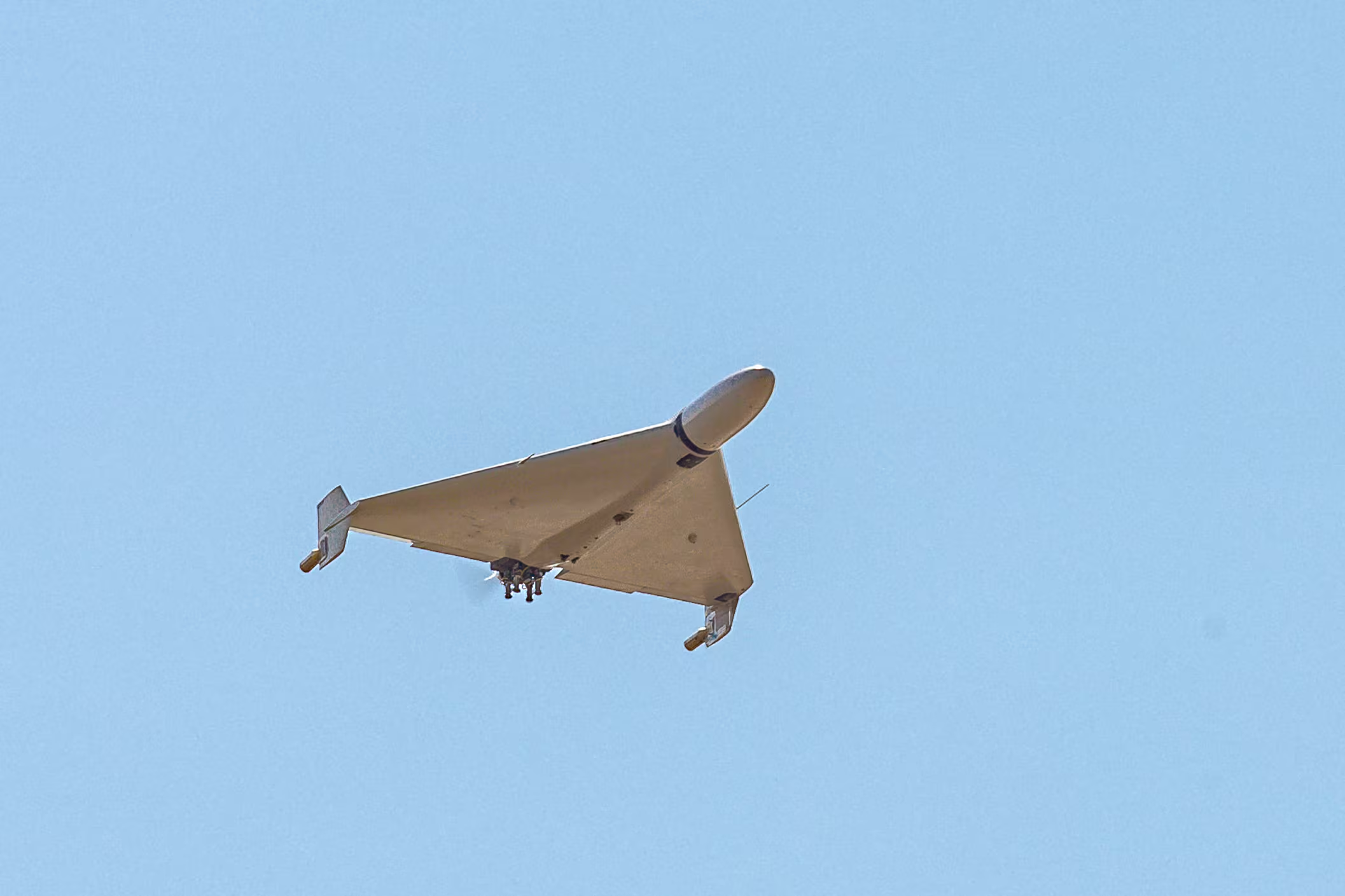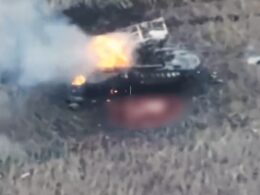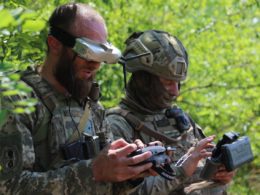Yaroslav Honchar, head of the Aerorozvidka non-governmental organization, says Ukrainian developer teams have built a new anti-air drone designed specifically to intercept Russian Shahed kamikaze drones, according to Ukrainske Radio.
He emphasizes that Ukrainian developers are actively working across multiple directions to neutralize both attack and reconnaissance drones used by Russia.
“One key focus is neutralizing threats already in the air—a non-trivial challenge. Unmanned aerial vehicles like the Orlan, Supercam, and Zala each pose unique problems, but the Shahed belongs to a different class entirely. Existing anti-air drone technologies aren’t effective against it head-on," he says.
According to Honchar, Ukrainian specialists have already created a drone that can intercept Shaheds, and progress is advancing rapidly.
“We’re close. It’s happening. As for targeting the source of the threat—those sites are often dispersed and deep within enemy territory,” he explains.
Addressing the production of Shaheds, Honchar explained that despite a degree of import dependency, Russia has established a robust manufacturing base over the years of mass production.
“A large portion of the components are now produced domestically. Airframes are made in Russia. For engines, they source two-stroke models from China, which are widely available on the open market. As for avionics and radio electronics, Russia has maintained this capacity since Soviet times. There’s no ‘silver bullet’ to break the supply chain entirely,” he says.
However, Russia still relies on foreign microelectronics and chips—critical components that it cannot manufacture itself.
“Cutting off these supply chains remains a complex and ongoing task,” Honchar notes.
He also mentioned the tactical use of Shaheds in swarm attacks.
“Russians often launch them in groups—it’s more cost-effective than equipping each with a strike payload. Some are intended purely to overload our air defense systems during mass assaults," Honchar adds.
In addition to Shaheds, Russia uses cheaper drones like Gerans. Despite being less sophisticated, they closely resemble Shaheds in flight characteristics—altitude, speed, and radar signature—making them difficult to distinguish for air defense operators.





